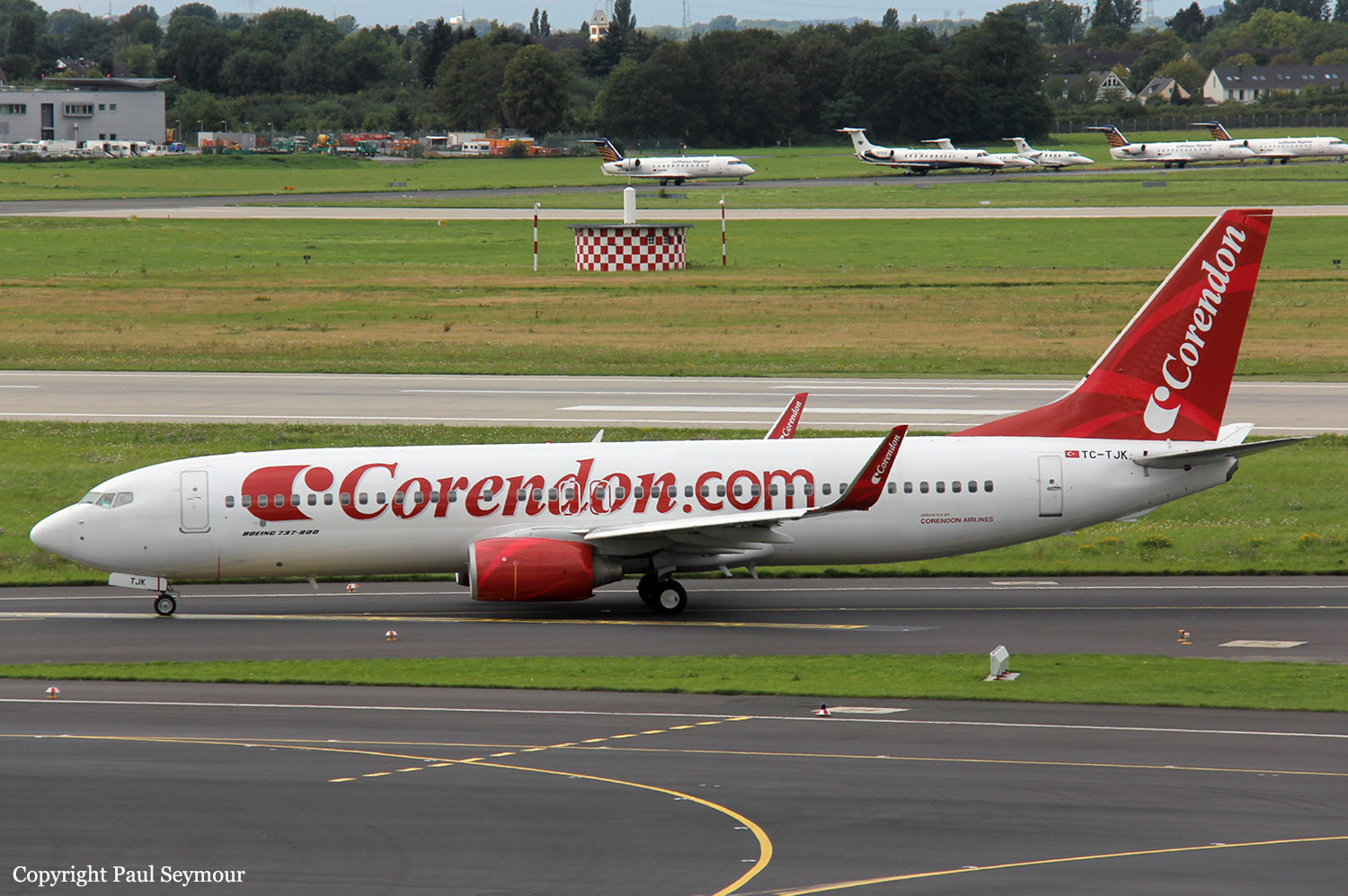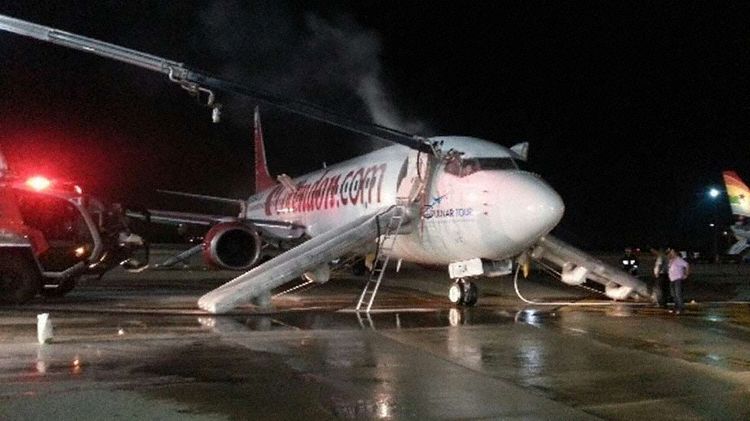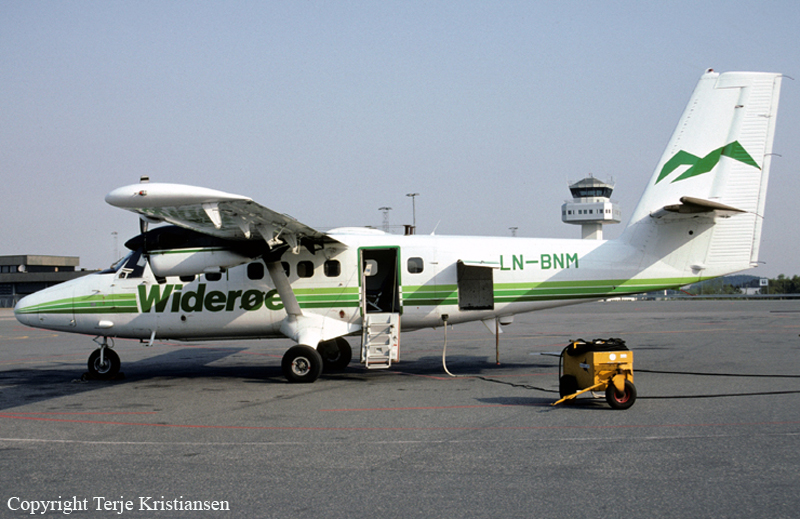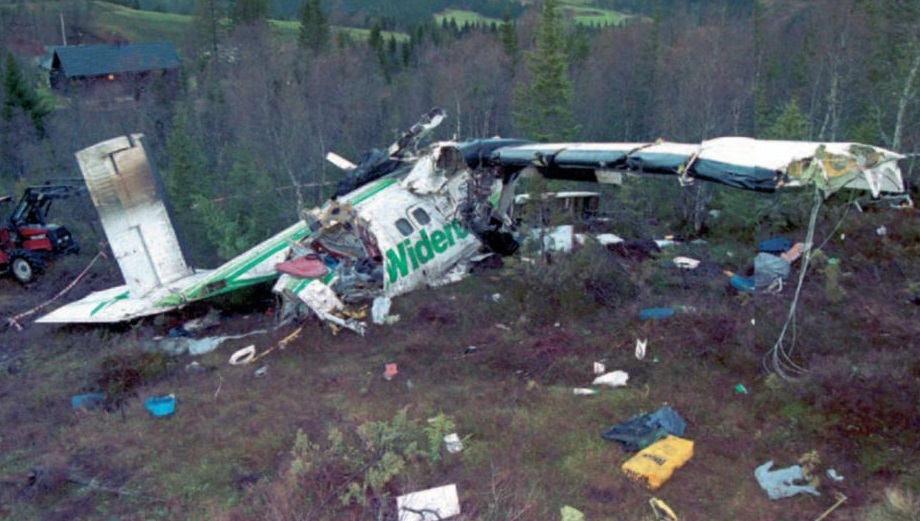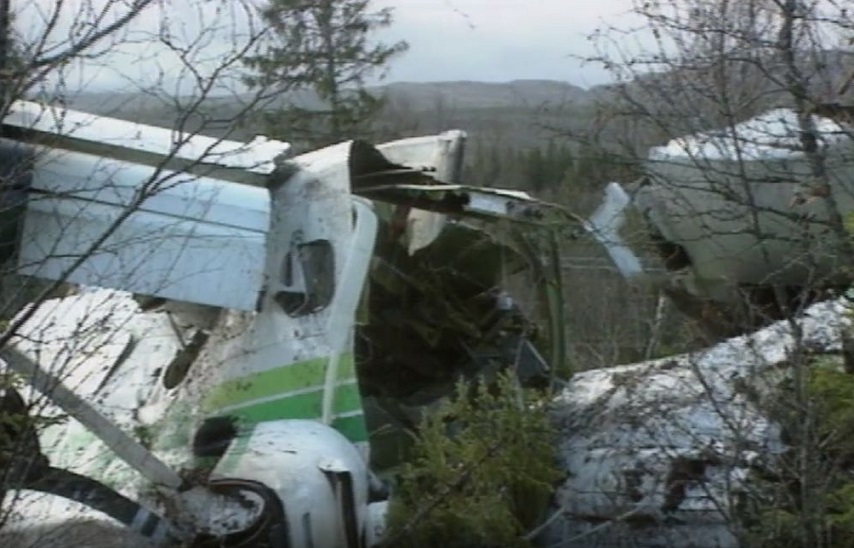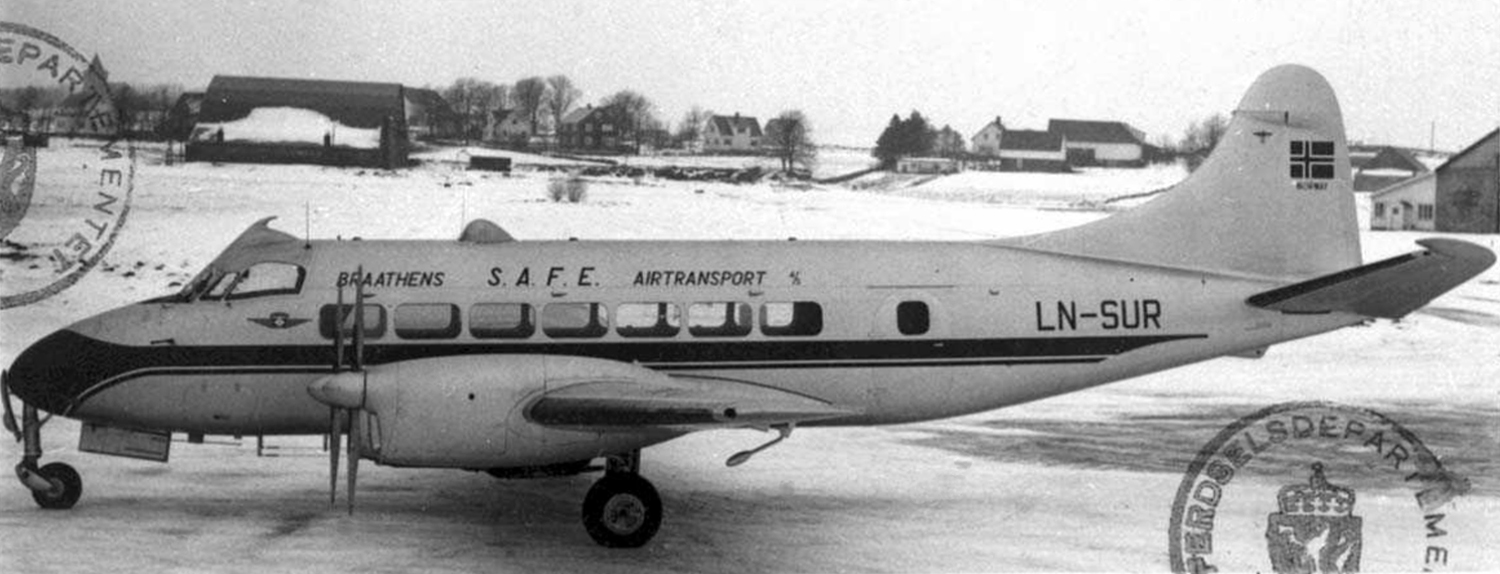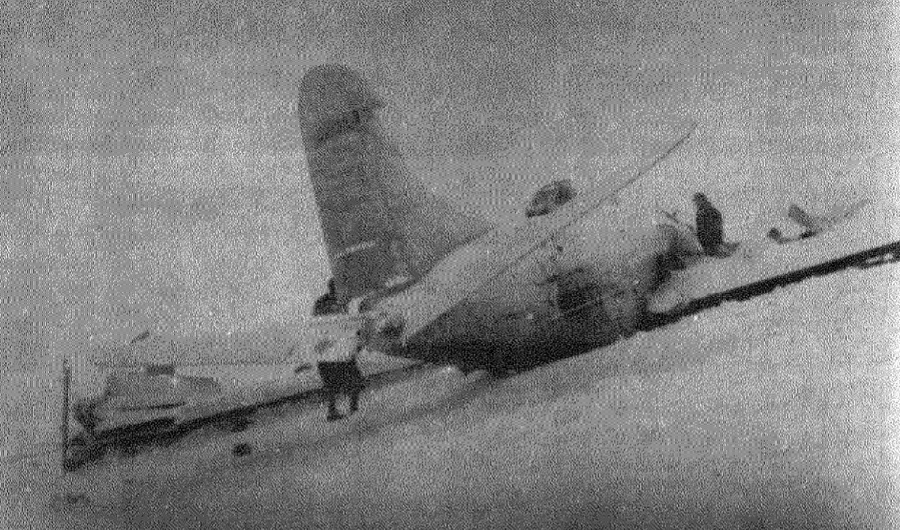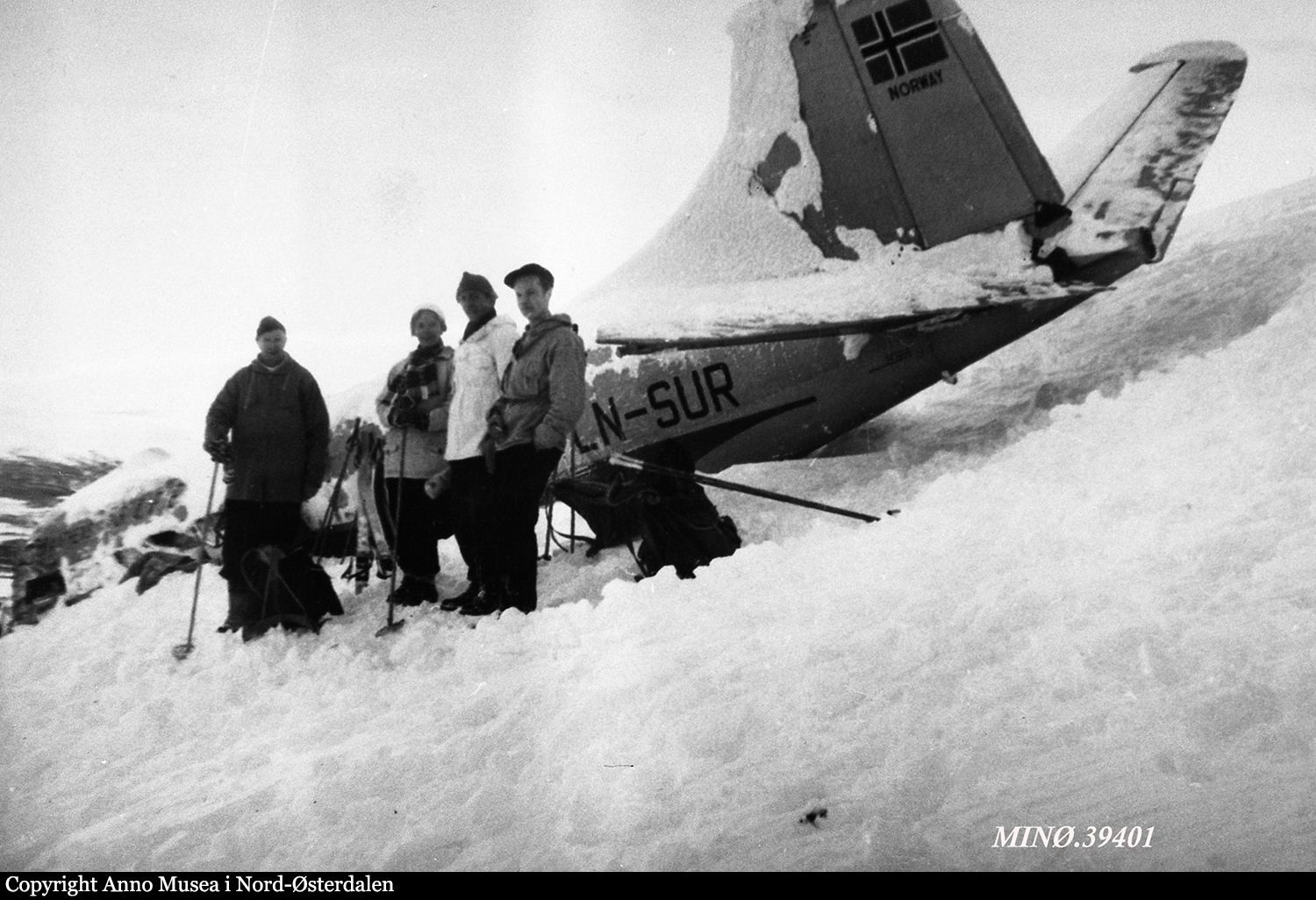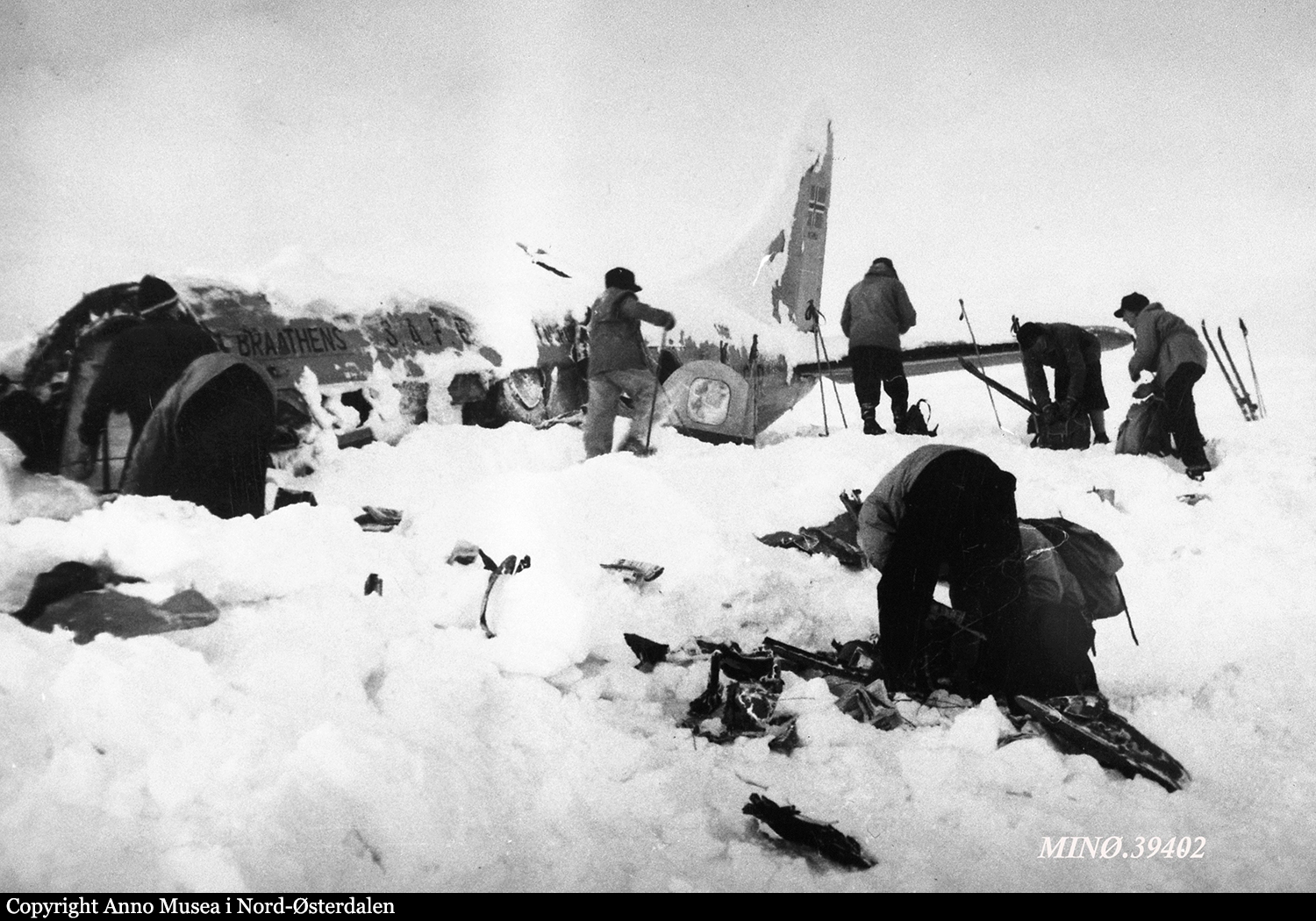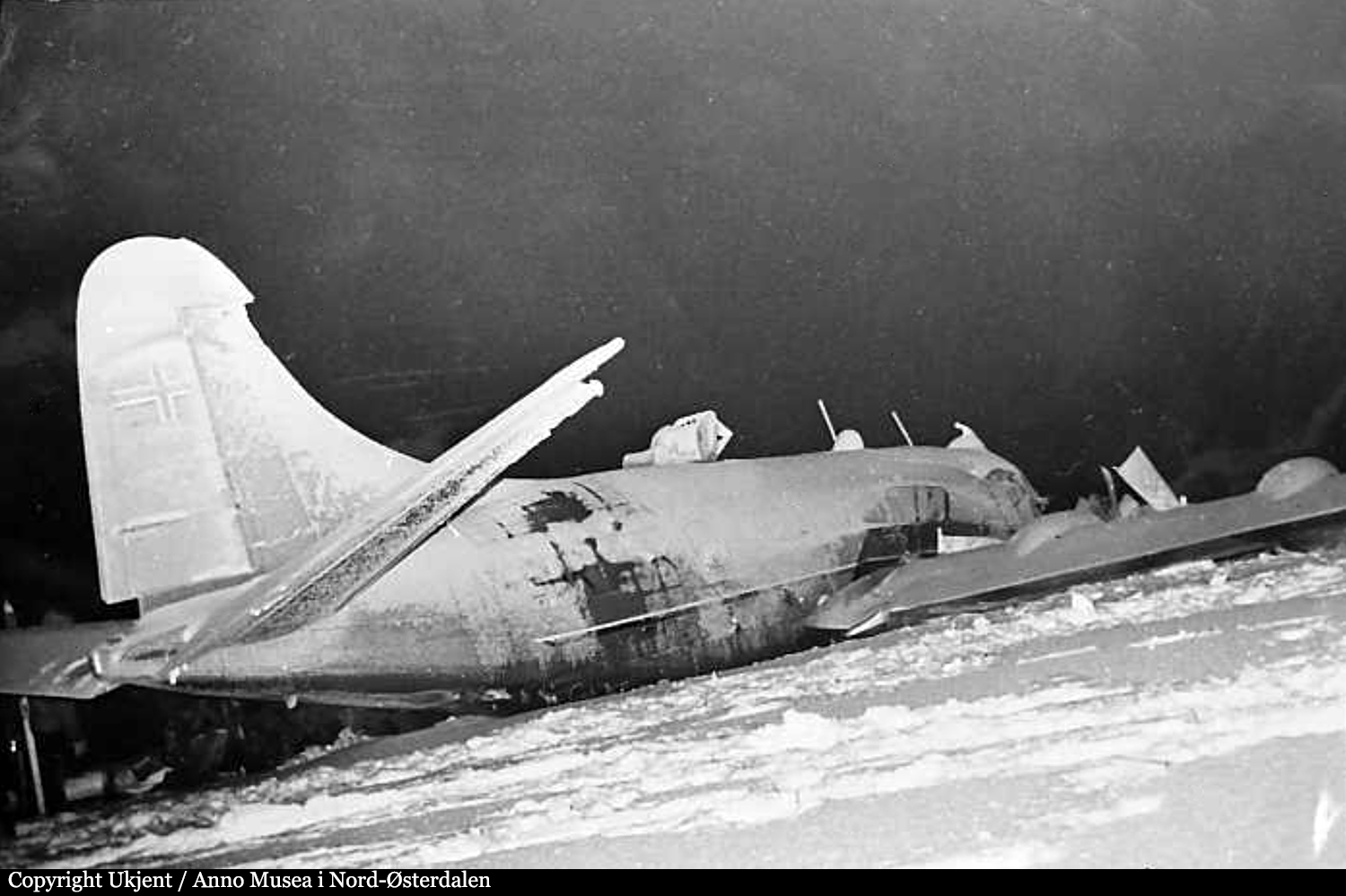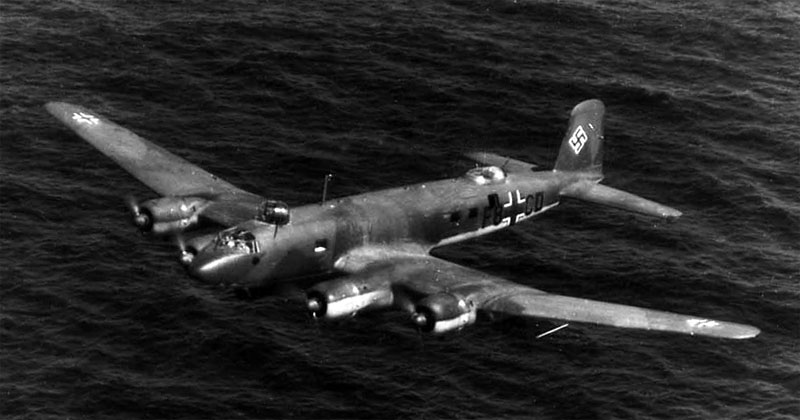Ground fire of a Boeing 737-8KN in Antalya
Date & Time:
Oct 14, 2012 at 0400 LT
Registration:
TC-TJK
Survivors:
Yes
Schedule:
Antalya - Trondheim
MSN:
35794/2794
YOM:
2009
Flight number:
CAI773
Crew on board:
7
Crew fatalities:
Pax on board:
189
Pax fatalities:
Other fatalities:
Total fatalities:
0
Circumstances:
During the push back process, the pilots noticed smoke spreading in the cockpit and in the cabin and stopped the aircraft. All 196 occupants were evacuated but some were standing on wings and jumped down to the tarmac. 27 passengers were injured, some of them seriously. The aircraft was considered as damaged beyond repair due to smoke.
Probable cause:
It is believed that a short circuit occurred in the cockpit panel, on the captain side, most probably in the vicinity of the oxygen system.
